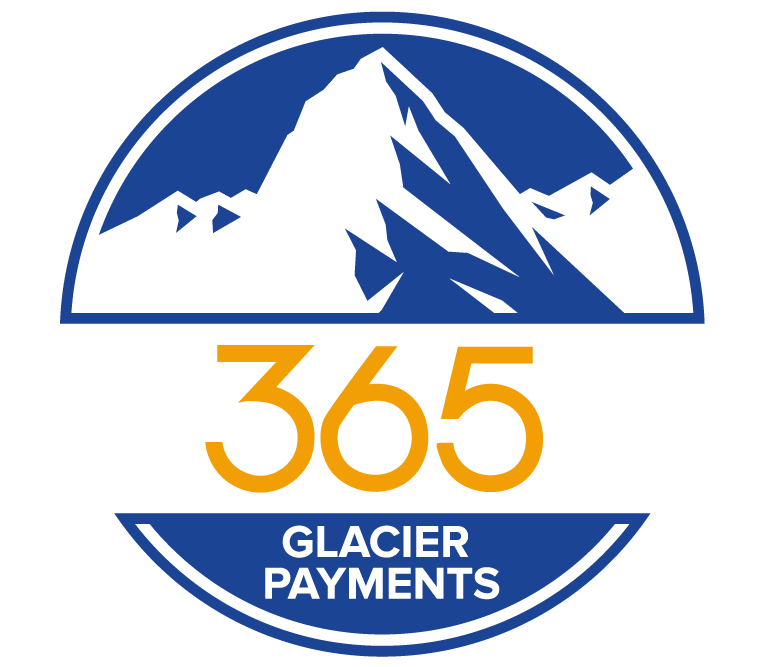DIGITAL CASH: THE NEW, LOWEST COST PAYMENT TYPE
While many of us are accustomed to seeing a lower cash price at gas stations versus paying with debit or credit cards, differential pricing remains the exception rather than the rule with most U.S. merchants. This blog post explores cash as the lowest cost payment type and looks at how digital technologies may further impact this phenomenon in the future.
Setting higher prices for consumers who pay with debit or credit cards is done to defray the payment network interchange fees—which are paid by the merchant. These interchange fees vary according to many factors, are specific to a particular country, and are regulated by central banks and/or government agencies. Since this topic is inherently complicated, this post will focus on differential pricing within a single country, the U.S., but the major point can apply to many other countries.
History lesson
In 2011, Harvard Business Review wrote about the differential pricing between paying with cash and debit or credit cards in an article entitled, “Should You Offer Different Prices for Cash and Credit?” The author spoke for many when he stated: “If merchants start offering a 2-3% discount to pay by cash, my love affair with plastic will wane. I won’t ditch credit cards entirely, but I’ll definitely say ‘charge it’ less frequently. It would irk me to pay an additional 2-3% to use a credit card when paying by cash is ‘free.’ As a result, I’d patronize retailers that offer cash discounts over those with higher ‘same cash or credit’ prices.”
In 2012, U.S. merchants gained the right to impose a surcharge of up to 4 percent of the credit card purchase as the result of a class-action law suit settlement between retailers, Visa, MasterCard and major U.S. banks. However, merchants are still uneasy about implementing these surcharges for fear of upsetting their customers.
Whether a U.S. merchant can today include surcharges for different payment card types remains complicated. This Consumerist article details the U.S. states (10 of them) which do not allow differential pricing.
That said, there are significant hidden costs of cash. These costs are, unfortunately, borne disproportionately by the people that can least afford them—typically the unbanked or underbanked segments of the population.
The ideal future payment type would be one that has the lowest cost—like cash, but does avoid the hidden costs of cash. Does digital technology enable this new payment type to be created tomorrow?
Future opportunity
Most people would agree that consumers would always like to be able to pay the lower cash price, but not be burdened by the hassles and risks of having to get and carry cash on their person. Merchants, primarily, want more customers and secondarily prefer a payment type which would letthem keep more of their hard-earned profits.
Digital cash is this new, lowest cost payment type. And we are not talking about bitcoin or another unregulated cryptocurrency. We are talking about a solution which digitizes the currency used within a country and which is regulated by its central bank. This type of digital cash would be the consumer’s money from their bank, but without the cash and without the cards.
Digital cash can provide the best of both worlds for consumers—through lower prices and more convenience, and for merchants—through higher profits and happier customers. Better and less expensive. Now that is a winning value proposition.
At 365 Glacier Payments we are dedicated to the education of merchants regarding business advancement and growth. If you have additional questions or need help setting up a merchant account please schedule an appointment here. If you prefer, you can reach us at 866.857.8766 or email info@365glacierpayments.com, .




